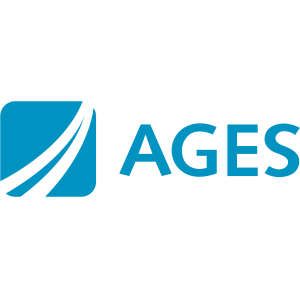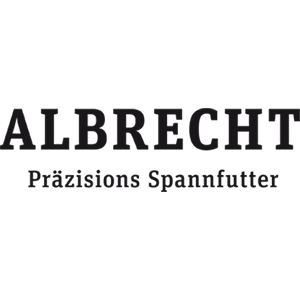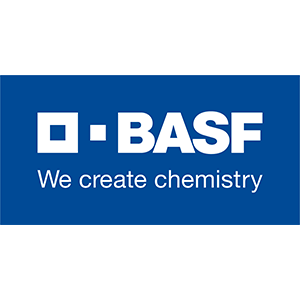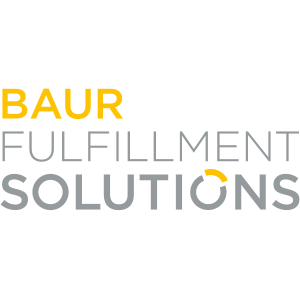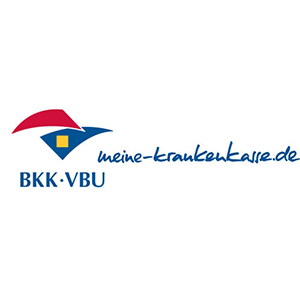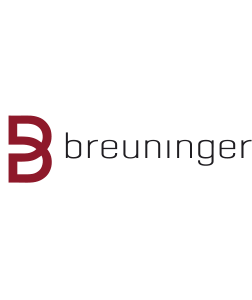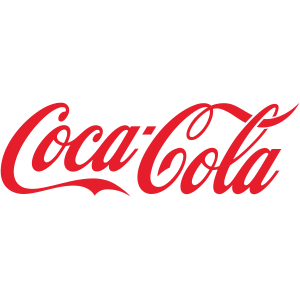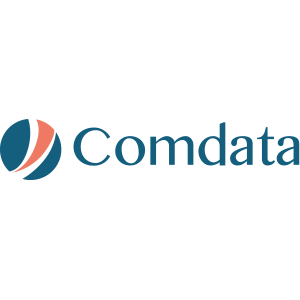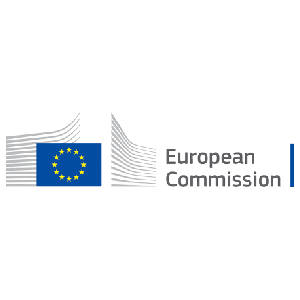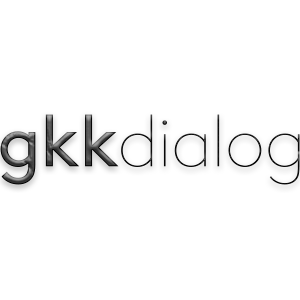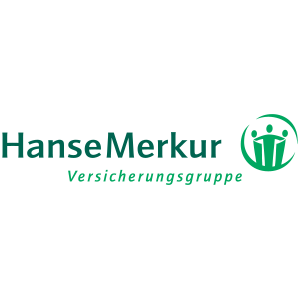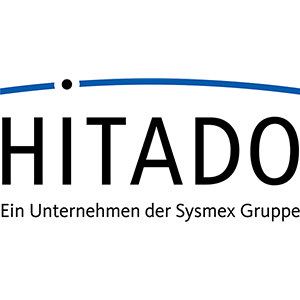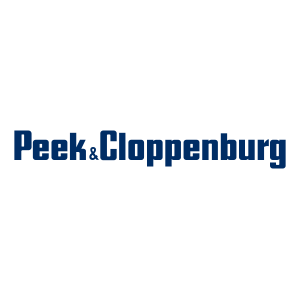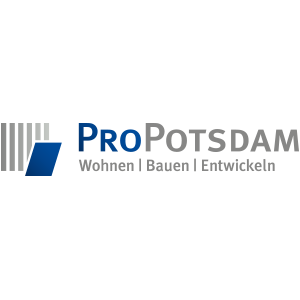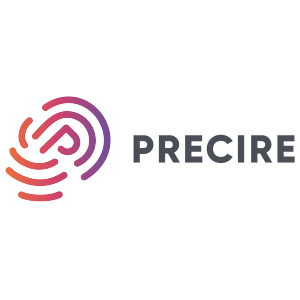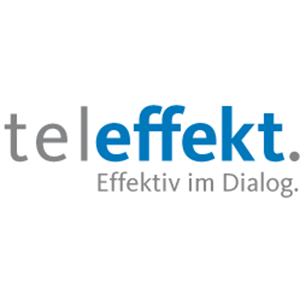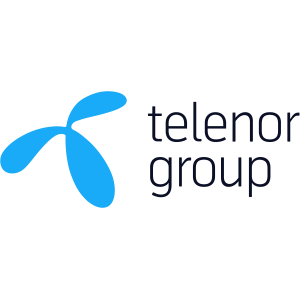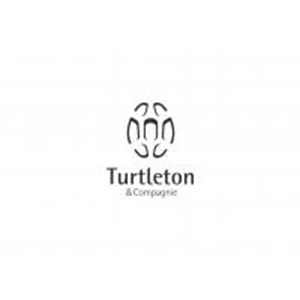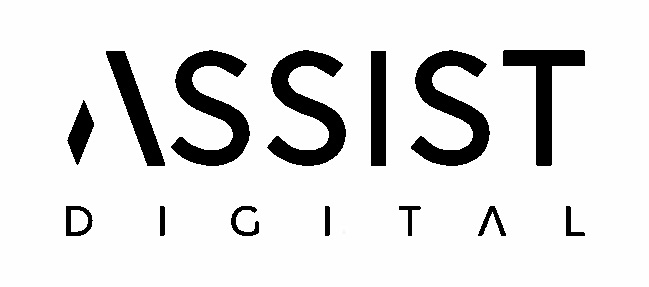We usually only get a real understanding of structures and solutions when we go into detail. That is why the goal of coaching must be that coachees work out the solution themselves and thereby gain a profound insight into their own processes. Only then do we – in consultation with the client – leave our role as coach, take a step back and slip back into the role of consultant. At the end of each coaching session, the next steps are agreed upon and parameters are set that serve as target values in further meetings so that we can jointly review the targeted implementation in each case.
We work according to the 8D method, which stands for a team-oriented approach to finding solutions:
- Define the team
Depending on the problem, an interdisciplinary team must be put together that brings together all the necessary knowledge of processes, products and services. - Illuminate the problem
Now the team has to examine the problem in detail. Factual and technical, but also emotional aspects are considered. - Limiting the effects
This step is about what immediate measures can be taken to limit the effects of the problem that have already arisen. - Identify the cause of the problem
The team must identify the cause of the problem in detail. This is the only way to avoid a recurrence of the problem. - Work out the solutions
Based on the root cause analysis, measures can now be developed to prevent the problem from occurring in the future. It is essential to test these extensively before they are introduced. This can be done through “what if…” scenarios. - Implement the solutions and measures
The tested measures can now be implemented in the organisation. However, there needs to be a constant review of the effectiveness. - Avoid repeating the mistake
Similar processes, products and services should be tested for the same problems. In this way, the occurrence can be proactively avoided. - Conclusion
The individual steps must be documented so that the experiences and findings can be referred to in the future.
This methodology can be applied to a variety of situations within an organisation. Accordingly, it is not only particularly exciting for managers, but also for employees.
Keplerstr. 1
70771 Leinfelden-Echterdingen, Germany



